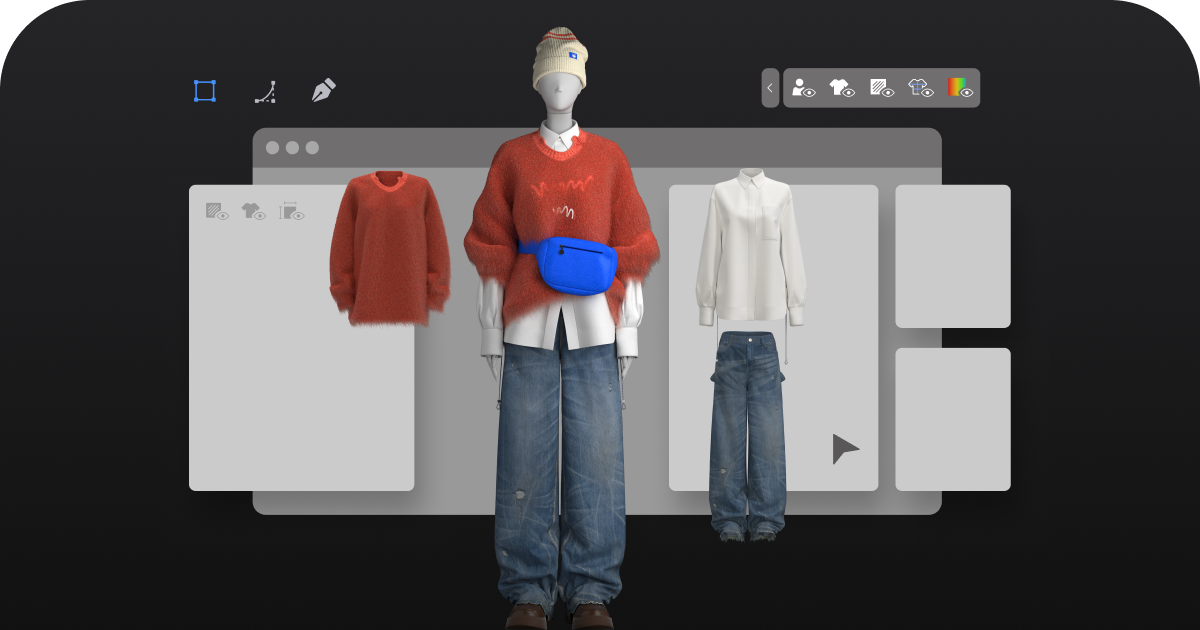
# Apparel Design Software: Revolutionizing Fashion Creation
## The Rise of Digital Fashion Design Tools
The fashion industry has undergone a significant transformation with the advent of apparel design software. These powerful tools have revolutionized how designers create, visualize, and produce clothing collections. Gone are the days when fashion creation was limited to paper sketches and physical prototypes. Today’s digital solutions offer unprecedented efficiency and creativity in garment design.
Modern apparel design software combines intuitive interfaces with advanced features that cater to both established fashion houses and independent designers. The technology has democratized fashion creation, making professional-grade tools accessible to a wider range of creators than ever before.
## Key Features of Contemporary Design Software
Today’s leading apparel design programs offer an impressive array of features that streamline the entire design process:
– 3D garment visualization and prototyping
– Pattern-making and grading tools
– Fabric simulation and draping capabilities
– Color palette and textile library management
– Collaboration features for team projects
– Integration with production systems
These features allow designers to experiment with different styles, fabrics, and fits without the time and material costs associated with physical sampling. The ability to visualize designs in 3D before production significantly reduces waste and improves sustainability in the fashion industry.
## Benefits for Fashion Professionals
The adoption of apparel design software brings numerous advantages to fashion professionals:
### Increased Efficiency
Digital tools dramatically reduce the time required to develop new designs. What once took weeks can now be accomplished in days or even hours, enabling faster response to market trends and consumer demands.
### Cost Reduction
By minimizing the need for physical samples and prototypes, design software helps companies save on material costs and reduce waste. This is particularly valuable for small businesses and independent designers working with limited budgets.
### Enhanced Creativity
With the technical constraints of manual design reduced, designers can explore more innovative concepts and experiment freely with shapes, textures, and patterns. The software often includes inspirational libraries and trend forecasting tools to spark new ideas.
### Improved Accuracy
Digital pattern-making and grading ensure precision that’s difficult to achieve manually. This leads to better-fitting garments and fewer production errors, ultimately resulting in higher customer satisfaction.
## The Future of Fashion Design Technology
As technology continues to advance, we can expect apparel design software to become even more sophisticated. Emerging trends include:
– AI-assisted design suggestions and trend predictions
– Virtual and augmented reality integration for immersive design experiences
– Enhanced sustainability tools for material optimization and waste reduction
– Blockchain integration for design authentication and intellectual property protection
These developments promise to further transform the fashion industry, making the design process more intuitive, sustainable, and connected than ever before.
## Choosing the Right Apparel Design Software
With numerous options available, selecting the right software depends on several factors:
Keyword: apparel design software
– Skill level (beginner, intermediate, or professional)
– Specific design needs (casual wear, haute couture, sportswear, etc.)
– Budget constraints
– Hardware compatibility
– Required output formats
Many software providers offer free trials or scaled-down versions, allowing designers to test different platforms before committing to a purchase. It’s worth investing time in research to find the solution that best fits your creative workflow and business requirements.
The integration of apparel design software into fashion creation represents more than just a technological shift—it’s a fundamental change in how we conceive and produce clothing. As these tools continue to evolve, they will undoubtedly shape the future of fashion, making the industry more accessible, sustainable, and innovative. For designers and brands looking to stay competitive, embracing these digital solutions is no longer optional—it’s essential.
No responses yet